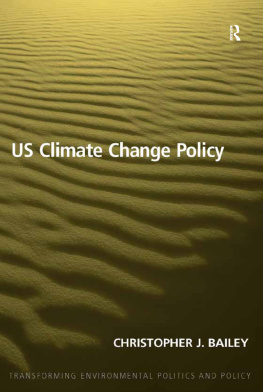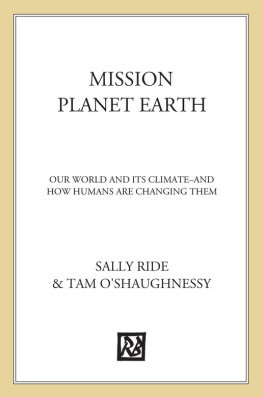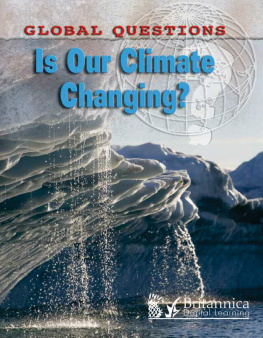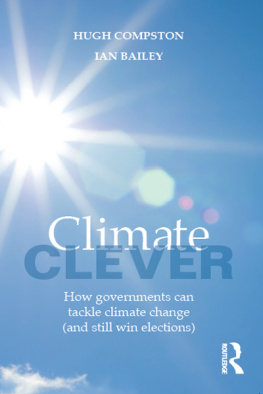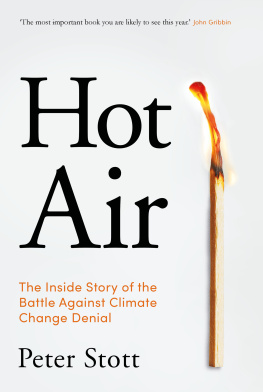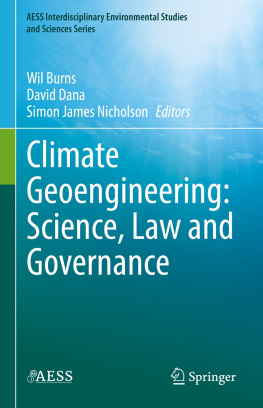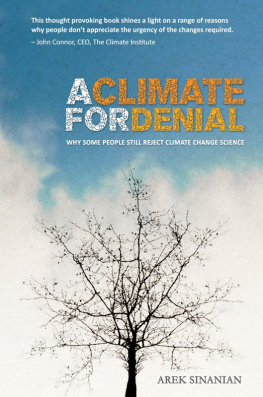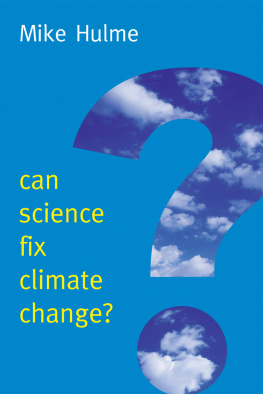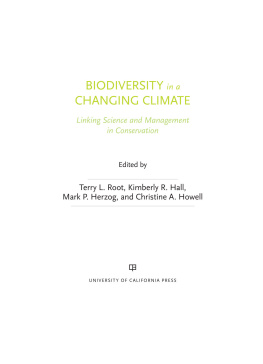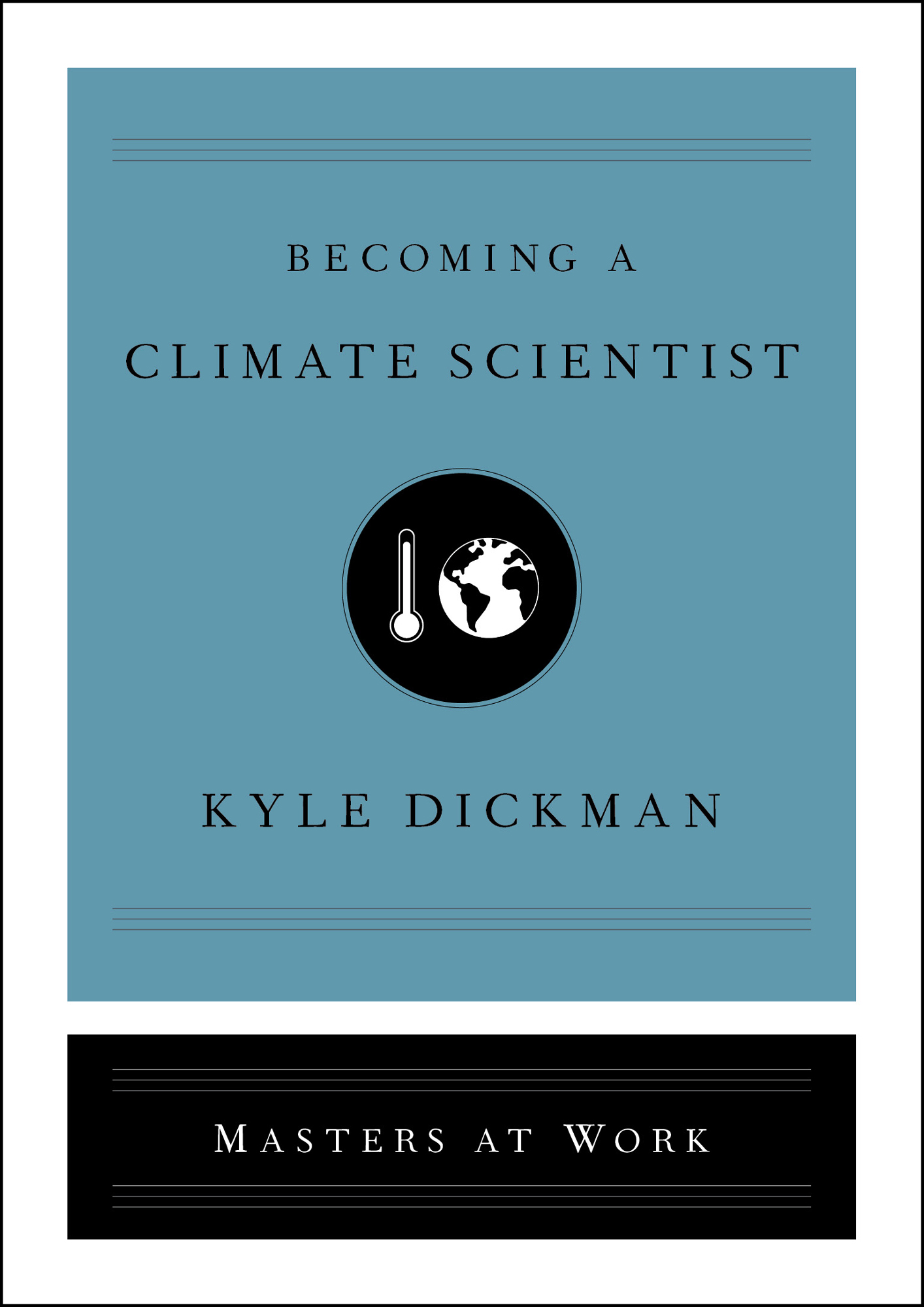Contents
Guide
Becoming a Climate Scientist
Kyle Dickman
Masters At Work
M ASTERS AT W ORK ALSO AVAILABLE
B ECOMING A N UROSURGEON
B ECOMING A V ETERINARIAN
B ECOMING A V ENTURE C APITALIST
B ECOMING A H AIRSTYLIST
B ECOMING A R EAL E STATE A GENT
B ECOMING A M ARINE B IOLOGIST
B ECOMING AN E THICAL H ACKER
B ECOMING A L IFE C OACH
B ECOMING A Y OGA I NSTRUCTOR
B ECOMING A R ESTAURATEUR
B ECOMING A P RIVATE I NVESTIGATOR
B ECOMING A B AKER
B ECOMING A S OMMELIER
B ECOMING A C URATOR
B ECOMING AN A RCHITECT
B ECOMING A F ASHION D ESIGNER
B ECOMING A S PORTS A GENT
B ECOMING AN I NTERIOR D ESIGNER
B ECOMING A F IREFIGHTER
B ECOMING A N URSE
B ECOMING A V IDEO G AME D ESIGNER
B ECOMING A M IDWIFE
B ECOMING A T EACHER
B ECOMING A S OCIAL W ORKER
B ECOMING A C LIMATE S CIENTIST

Simon & Schuster
1230 Avenue of the Americas
New York, NY 10020
www.SimonandSchuster.com
Copyright 2021 by Simon & Schuster, Inc.
All rights reserved, including the right to reproduce this book or portions thereof in any form whatsoever. For information, address Simon & Schuster Subsidiary Rights Department, 1230 Avenue of the Americas, New York, NY 10020.
First Simon & Schuster hardcover edition August 2021
SIMON & SCHUSTER and colophon are registered trademarks of Simon & Schuster, Inc.
For information about special discounts for bulk purchases, please contact Simon & Schuster Special Sales at 1-866-506-1949 or .
The Simon & Schuster Speakers Bureau can bring authors to your live event. For more information or to book an event, contact the Simon & Schuster Speakers Bureau at 1-866-248-3049 or visit our website at www.simonspeakers.com.
Jacket design by Alison Forner
Jacket artwork: Gauge by Filo /Getty Images; Thermometer by Mingirov/Getty Images
Library of Congress Control number is 1982142642.
ISBN 978-1-9821-4264-3
ISBN 978-1-9821-4265-0 (ebook)
F OR MY PARENTS , B ONNIE AND P AUL, WHO TAUGHT ME THE LOVE FOR THE NATURAL WORLD
THAT I AM NOW PASSING TO MY CHILDREN, RIDGER AND T ALLIE.
T HIS BOOK IS ALSO FOR YOU TWO.
M AY YOU AND YOUR GENERATION HAVE THE FORTITUDE, POISE, AND WILL TO LEAD US THROUGH
THE CHALLENGES AHEAD.
I ts mid-November and snowing lightly in Los Alamos, New Mexico, and the climate scientist Cathy Wilson is inside one of the few low-security buildings at Los Alamos National Laboratory. Shes studying a digital model of an Alaskan hillside, the final stage of a project investigating climate change. Four months earlier, Wilson had been on that actual hillside in the Alaskan Arctic, collecting soil samples in a barren valley while a group of musk oxen peered down at her from the ridge above. Todays view is far less exotic. On a laptop screen is an image of a grassy hillside with a strip of shrubs at its base. But this model is exactly the point of that trip.
Wilson is a geomorphologist whose work studying permafrost applies directly to climate science. Although she covers much of the globe for work, she travels most often to the Alaskan Arctic. Wilsons job is to collect accurate data there, but she works closely with modelers, whose job it is to represent her fieldwork as code that can fit into global climate models that forecast the future world. Three modelers, fifteen or more years her junior, are ready to present their models. They seem nervous. Having worked with Wilson for several years now, each knows well that shes uncommonly quick at catching errors and deeply familiar with both the processes theyre trying to model and the models themselves. Efficient to the point of bluntness, the modelers agree: Wilson can be intimidating.
So you mean your active layer depth was too deep on the previous version? Wilson asks James Joseph Beisman III, an early thirties physicist-turned-modeler with a gray beanie pulled over his straight hair. Beisman, who has a PhD in hydrology, has built a model of one of the five research sites in Alaska where Wilson worked this past summer. Called Teller 27, shorthand for Mile Marker 27 on the Teller Road, the location is near the coast of the Seward Peninsula, a bulb of land about halfway up Alaska that juts into the Bering Sea like the states nose in profile. The focus of Beismans model is narrowto determine how the colonization of shrubs on one slope, in one drainage, of one Arctic peninsula is causing the permafrost to thaw therebut the teams interest in this pan-Arctic process is global. Permafrost, or ground thats been frozen for a very long time, is richer in carbon than any other soil type on the planet; indeed, it contains almost twice the carbon that is already in the atmosphere. When it thaws, the carbon gets released as a greenhouse gas, exacerbating climate change. If Wilson and Beisman can understand how shrubs are contributing to the permafrosts thaw at Teller 27, they can also understand what climate change means for the Arctics future and what the Arctics future means for the rest of the world.
Wilsons question to Beisman about the active layer refers to the layer of the permafrost nearest the surface. The active layer thaws each summer and refreezes in the winter. Scientists often use the active layers depth as a proxy for the frozen grounds health. But Wilson is now asking about how the model was set up. To become a crystal ball, the model must first accurately represent the past and present.
Oh, yeah, I mean it was, like, 30 meters deep, Beisman says of the active layer depth in previous versions of the model. But I tweaked the thermal conductance and energy flux to bring it within a meter of the surface. Translation: he adjusted the air temperature and tweaked the rate the ground released the heat, a continual process, until the active layer depth wasnt unrealistically deep and instead looked like what Wilson had observed at Teller 27.
Aha, she says.
It paints a really clear picture, Beisman goes on, referring to a key scientific paper that hed used to build this model. Where there are shrubs, the ground is warmer, so theres no year-round permafrost there. Then he adds with a wary laugh, Just in case you didnt know that.
Of course she knew that: Wilson cowrote the paper Beisman had used to build the model. In essence, shed written the book hes trying to replicate.
C ATHY W ILSON IS ON the shorter side, with a slight build, a warm smile, and straight silver hair that she keeps stylish and practically cropped just above her ears. She was trained at the University of California, Berkeley, in geomorphology, a science that studies the evolution of land, yet shes the rare field scientist fluent in the language of modelers, a highly technical discipline that requires expertise in computer programming. Today shes wearing black-framed eyeglasses la Buddy Holly and a gray sweater over business slacks. Like many women who hold high-profile positions in fields dominated by men, Wilson is often the best-dressed person in the room. It is a point of pride for her and befits her position.
At sixty-four, Wilson is a senior research scientist at the Department of Energys national securityfocused Los Alamos National Laboratory (LANL), a position shes held for twenty years. Her job is to study the earth, how its changing, and what its future may look like. It keeps her on the move. Two days earlier shed returned from a trip to Washington, D.C., where she met with leaders within the DOE to discuss climate changes impact on energy infrastructure. The week before that, shed been in Utqiagvik, Alaska, formerly known as Barrow, where she was giving the DOEs director of the Office of Science a tour of another research site. Earlier this afternoon Wilson had convened seven other senior scientists from various scientific disciplines at LANL to discuss repositioning the lab as the countrys leader on climate change solutions. The crux of her argument: with disasters come public questions, and with public questions come scientific opportunities and funding. The age of rapid climate change has only just begun and has already asserted itself as one of the countrys most pressing immediate and long-term national security threats. LANL, she argued, should be ready to find answers and become a leader in the field.


